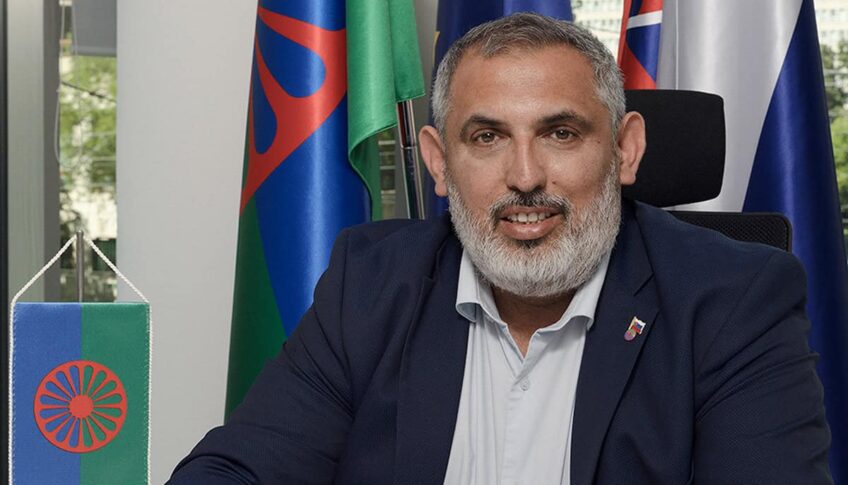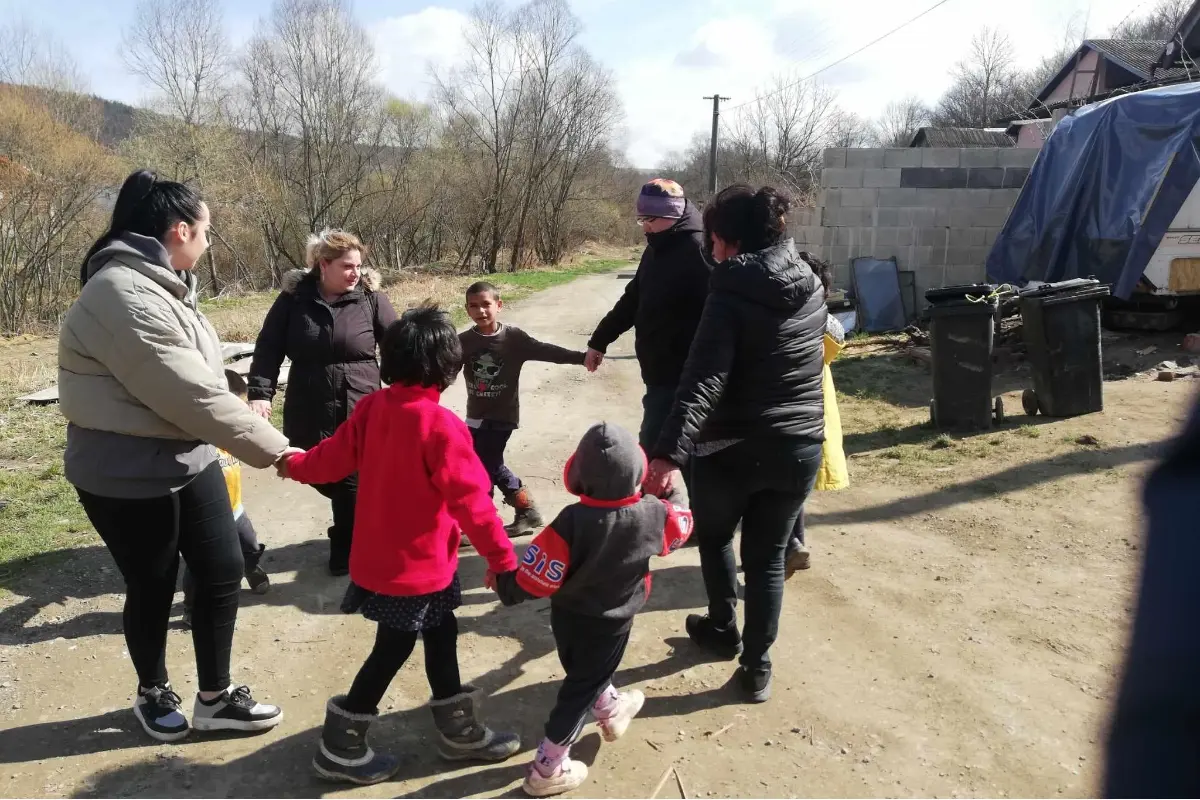The Slovak Spectator (2014) reports on the publication of a new study by the Slovak Institute for Economic and Social Studies (INESS). The study comes to the conclusion that Rroma, contrary to widespread stereotypes and myths arguing that the minority receives excessive social funds, are not treated differently by the state. The study also refutes established ideas about the high number of children among Rroma. The analysis came to the conclusion that 90% of the families who receive child benefits, have one or two children: “NOT even 2.2 percent of total public spending goes to Roma citizens even though they are often depicted as those who abuse the social welfare system in Slovakia. This is the finding from an analysis conducted by the Institute for Economic and Social Studies (INESS) released on October 22. The think-tank looked into numbers provided by the Central Office of Labour, Social Affairs and Family (ÚPSVaR), social insurer Sociálna Poisťovňa and the Atlas of Roma Communities and concluded that the costs of welfare paid in districts with a two-thirds Roma population makes up 2.2 percent of public spending, which is €578 million. “Even though Roma are proportionally higher recipients of public transfers these don’t amount to such a proportion of public finances as is discussed in inns or at the family table,” INESS analyst Ján Dinga, one of the study’s authors, told The Slovak Spectator.” Jarmila Lajčáková from the Research Centre for Ethnicity and Culture also pointed out that the misinformation and prejudice about the alleged preferential treatment of the Rroma in the social system complicates the integration of the minority, because they are confronted with these prejudices when trying to access the education system and the labour market. In Slovakia, according to assessments of the Rroma Foundation, there are an estimated 450,000 to 550,000 Rroma. Many of them belong to the middle class, have educations and their own apartments. They are almost constantly hidden in the public debate over the minority.
- The Slowak Spectator (2014) Welfare for Roma is not a fiscal issue, it’s social. In: The Slovak Spectator online vom 3.11.2014. http://spectator.sme.sk/articles/view/55749/2/welfare_for_roma_is_not_a_fiscal_issue_its_social.html







